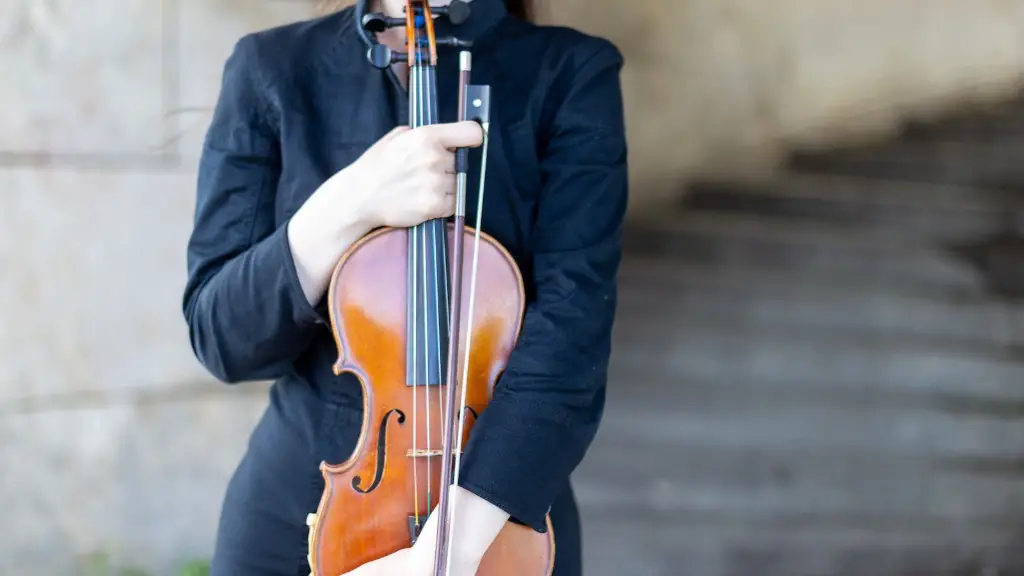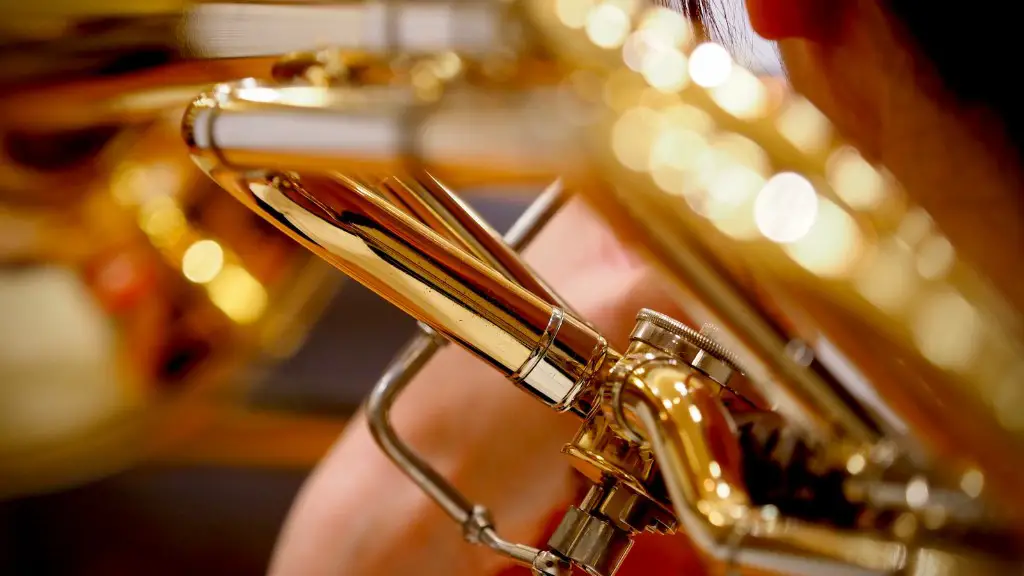A violin shoulder rest is an important accessory used to support the violin while playing. It is designed to help the player maintain a comfortable, ergonomic posture and provides additional support for the instrument. The cost of a violin shoulder rest will depend on the features and materials.
The most basic shoulder rests are made of foam or plastic and are very affordable. They provide basic support but are not adjustable and may not be as comfortable as more expensive models. More advanced shoulder rests feature adjustable height, width, and angle to ensure the best fit and comfort for the player. These typically cost more than basic models.
Premium models are made of high-quality materials such as wood or carbon fiber and may include other features such as padding or textured surfaces for improved comfort. These models can be quite expensive but provide superior support and comfort for the violinist.
Finding the Right Violin Shoulder Rest
When shopping for a violin shoulder rest, it’s important to find the one that is best suited for your instrument and playing style. There are several different types of shoulder rests available, each with its own unique size and shape, as well as varying price points. Popular models include Wolf, Bonmusica, Kun, and Everest. Wolf shoulder rests have a classic design and are adjustable to fit any size violin. Bonmusica shoulder rests have a flexible back support which helps keep the instrument secure on your shoulder. Kun makes lightweight models with adjustable legs and padding for comfort while playing. Everest offers an ergonomic design that contours to the body for maximum comfort. Prices range from around $20 up to $100 depending on the model and quality.
Where Can I Buy a Violin Shoulder Rest?
Violin shoulder rests are available online and in many music stores. Prices vary depending on the model and material, but generally range from $10 to $50. Shoulder rests are made of foam, wood, or metal and provide support for the instrument while playing. When choosing a model, it’s important to consider the size and shape of your violin as well as your personal preference. For best results, try out different models before deciding which one works best for you.
When shopping for a new shoulder rest, look for features such as adjustable height, padding for comfort, and an ergonomic design that fits your body type. Be sure to check reviews to ensure the product is reliable and of good quality. With a bit of research and trial-and-error, you’ll be able to find a shoulder rest that helps improve your playing experience.
Factors Affecting the Cost of a Violin Shoulder Rest
The cost of a violin shoulder rest can vary greatly depending on several factors. The type of material used to make the shoulder rest is one factor that affects the cost. For example, a shoulder rest made from wood will generally be more expensive than one made from plastic or metal. Additionally, some shoulder rests feature adjustable heights and angles, which can also add to the overall price. The size of the shoulder rest is another factor that will impact the total cost. A smaller shoulder rest may be cheaper than one designed for larger violins. Finally, the brand and quality of the shoulder rest can also affect its price. In general, higher quality materials and well-known brands come with a higher price tag.
In conclusion, there are several factors that affect the cost of a violin shoulder rest. The type of material used in its construction, size, adjustable features, brand name, and quality all play a role in determining how much you will pay for your shoulder rest. For those looking for a high-quality product at an affordable price, it’s important to research all available options to find the best fit for both your budget and needs. Be sure to read customer reviews before making any purchase to ensure you are purchasing a product that will last you many years to come!
How to Choose the Right Violin Shoulder Rest
Choosing the right violin shoulder rest can make a huge difference in your violin playing. It is important to find one that fits your body and instrument comfortably, as this will help you play better. There are many different types of shoulder rests available on the market, so it can be difficult to know which one is right for you. Consider factors such as the size of your instrument and your playing style when selecting a shoulder rest. Additionally, be sure to take into account your budget as well, as some shoulder rests can be quite expensive.
When shopping for a shoulder rest, it is important to try out several different models before making a decision. You may want to start with an inexpensive model and then upgrade if needed. Make sure the rest is adjustable so that you can customize it for your particular body and instrument size. The most important thing is that it should feel comfortable when you are playing.
In general, violin shoulder rests cost between $10 and $50. There are also more expensive models available if you need extra support or have a larger instrument. Be sure to read reviews online or ask friends who play violin before making a purchase.
Choosing the right violin shoulder rest can make all the difference in your playing experience. Consider factors such as size, playing style, and budget before making a purchase for an optimal result!
Alternatives to Violin Shoulder Rests
If you are looking for an alternative to using a violin shoulder rest, there are a few options available. You can try using pillows or towels to support your shoulder and arm. This can be especially helpful if you are playing for extended periods of time. Other alternatives include purchasing a specialized shoulder pad that can help support the instrument during play, or even a body rest that you attach to the end of the instrument.
The cost of a violin shoulder rest will vary depending on the size, shape, and material used in its construction. Generally speaking, they range from around $20 to $50 USD (or more). It’s important to find one that fits your body type and playing style to ensure you get the most out of your purchase.
No matter which option you choose, it is important to practice with proper technique and posture in order to protect yourself from injury and maximize your playing potential.
Using a Violin Shoulder Rest
Using a violin shoulder rest is an important factor in playing the violin comfortably and correctly. A violin shoulder rest helps to keep the violin in the correct position and prevents discomfort and pain from long periods of playing. It also helps to provide a secure grip on the instrument, allowing for easier and more precise fingering. The cost of a violin shoulder rest varies depending on the material and make, but typically ranges between $10-30.
A shoulder rest is not absolutely necessary when playing the violin, but it can be helpful for many players. It can help to improve comfort and stability when learning new techniques or playing difficult pieces. Additionally, it can help to develop good technique from the start, avoiding bad habits that may arise without proper support. Overall, using a shoulder rest can be beneficial for many players, although it is not required.
For those just starting out with the violin, using a shoulder rest is highly recommended as it will help create proper posture and make learning easier overall. Experienced players may benefit from using one as well if they are having difficulty with certain techniques or feel discomfort while playing.
Wrap Up
To sum it all up, the cost of a violin shoulder rest can vary depending on the type and quality of the product. Generally speaking, you can expect to pay anywhere from $20 to $50 for a basic shoulder rest. For more advanced models, prices can range from $60 to over $100. No matter what your budget is, there are many options available on the market that will meet your needs. When making an investment in a shoulder rest, it is important to consider factors such as comfort and stability so that you can make an informed purchase.





